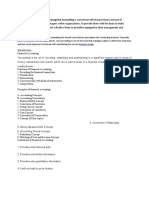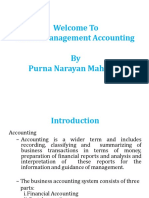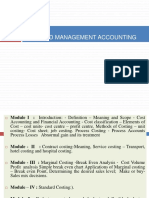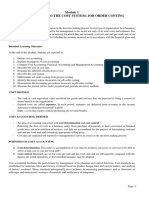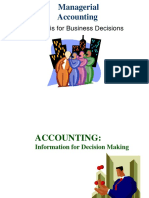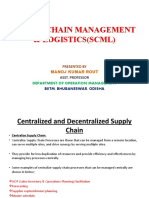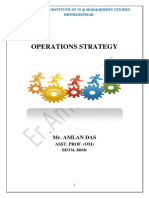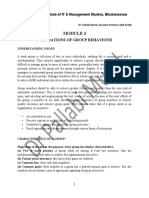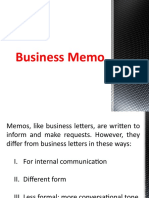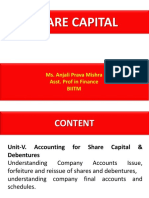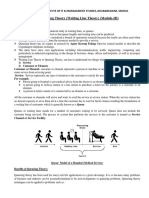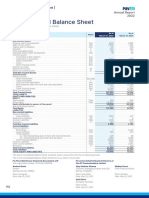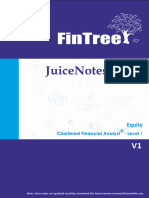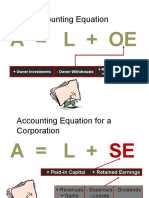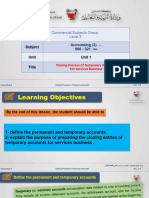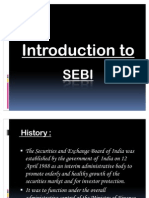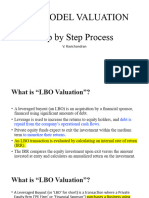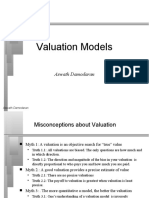0% found this document useful (0 votes)
93 views44 pagesAdvanced Management Accounting Guide
This document provides an overview of advanced management accounting concepts including:
1. It defines management accounting, cost accounting, and their objectives of assisting management with planning, decision making, and control.
2. It outlines key cost accounting concepts such as cost classification, cost centers, cost units, and cost sheet preparation.
3. It compares financial accounting and management accounting, noting their different objectives, analysis, accuracy requirements, and use of qualitative data.
Uploaded by
Siddharth MohapatraCopyright
© © All Rights Reserved
We take content rights seriously. If you suspect this is your content, claim it here.
Available Formats
Download as PDF, TXT or read online on Scribd
0% found this document useful (0 votes)
93 views44 pagesAdvanced Management Accounting Guide
This document provides an overview of advanced management accounting concepts including:
1. It defines management accounting, cost accounting, and their objectives of assisting management with planning, decision making, and control.
2. It outlines key cost accounting concepts such as cost classification, cost centers, cost units, and cost sheet preparation.
3. It compares financial accounting and management accounting, noting their different objectives, analysis, accuracy requirements, and use of qualitative data.
Uploaded by
Siddharth MohapatraCopyright
© © All Rights Reserved
We take content rights seriously. If you suspect this is your content, claim it here.
Available Formats
Download as PDF, TXT or read online on Scribd
/ 44
















